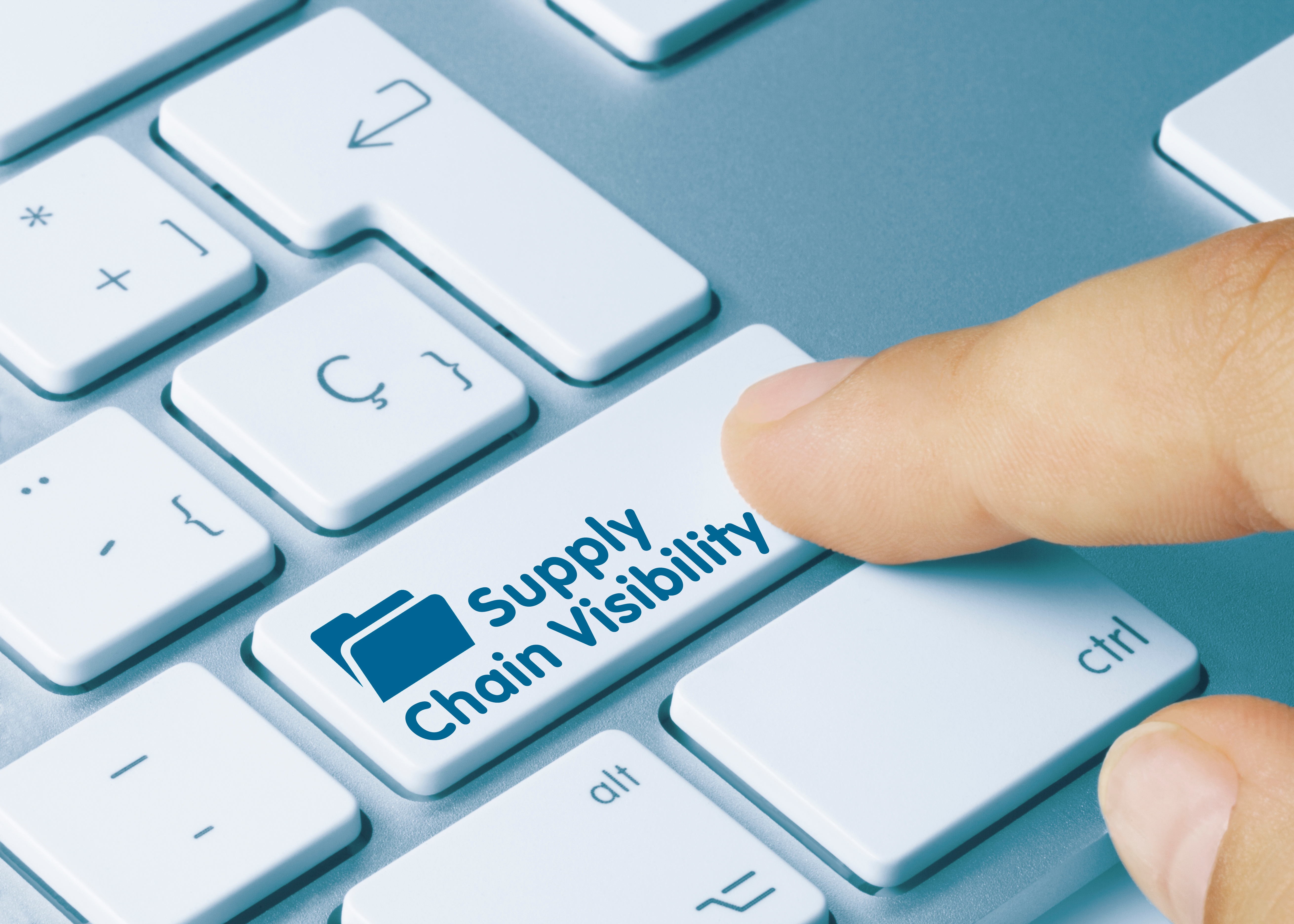The internet of things (IoT) has changed the way food businesses manage their supply chain operations, allowing data to be collected and shared throughout the supply chain. With increased transparency from farm to fork how food specifications are managed is of increasing importance for consumers and businesses alike.
Although maintaining food specifications in compliance with regulatory and legislative requirements has always been an essential part of ensuring safe products – Now more than ever – Businesses are being probed to provide evidence of these credentials, as well as value-based credentials to the end consumer.
Why is transparency so important in Food Specification Management?
As end-to-end transparency becomes more achievable within the food industry, consumers are becoming more interested in the journey their food has taken to reach them, with provenance playing a key role in what they choose to put on their plates. According to one poll, an overwhelming 84% of consumers check origin when purchasing a product, two-thirds are either ‘very’ or ‘quite’ concerned about provenance and half (48%) said they would feel misled if that information on provenance turned out to be inaccurate.
The rise in consumer value for transparency in food production and traceability across the supply chain can be largely attributed to a general untrust amongst consumers, spurred on by high-profile food safety scandals in recent years. These include the 2013 Horse meat scandal and the 2016 Pret A Manger scandal which led to the introduction of Natasha’s Law. A 2021 report from Food Authenticity Network, which analysed more than 45,000 global food safety and fraud alerts logged by the Safety HUD database, found that 90 more food fraud incidents were recorded in the first six months of 2020 compared to the same period in 2019, while 22 countries recorded an increased number of incidents. Naturally, this has sparked an increase in food safety concern amongst consumers and a demand for transparency and product traceability. To add to this, consumer preferences are continually evolving, with more focus being placed on attributes such as sustainability, ethics, health, and dietary requirements than ever before.
According to Nielsen, ingredient and nutrition information remains the top priority for an increasing number of health-conscious consumers when it comes to delivering transparency. In fact, 89% of those surveyed cited ‘general nutrition facts’ as ‘somewhat important’, whilst 66% cited this as ‘important’ or ‘extremely important’. Other transparency factors valued by respondents included allergen information, certifications and claims, and values-based information such as animal welfare, fair trade, and labour practices.
When it comes to dietary requirements, consumers increasingly want transparency over where ingredients are sourced from, their composition and how they have been processed to ensure consumption of the food product does not compromise their ethical standing nor preferences. Aside from intolerances and allergies, this can include authentication of products in line with ethics and preferences such as vegan and organic. With plant-based food set to see explosive growth by 2023, businesses must be equipped to authenticate their ‘plant-based’ status to consumers.
Closely linked to the preference for plant-based products is the rising demand for sustainable food products with over half of consumers wanting to cut their carbon footprint through food. if businesses are unable to deliver transparency around the environmental impact of their products from farm to form, they risk alienating the eco-customer segment completely.
Delivering Transparency Through ‘Connected’ Specification Management
With this increased pressure on businesses, how can the food industry deliver on these consumer demands? The short answer is that food businesses need to be investing in digital food specification management system that provides a connected solution for the management of ingredients, specifications, and supplier information centrally. Once implemented, businesses can begin logging, tracking, and reporting on the credentials of their ingredients, materials and finished products and processes and use this data to clearly communicate with consumers and drive improvements.
Digital supply chain data can be used to deliver transparency in the following key areas.
- Ingredient or product origin: Supply chain data can be used to generate product traceability labelling. This provides consumers with direct visibility of where their food has been sourced from and other touchpoints in the supply chain in the event of a food safety recall. This can also be used to authenticate ethical product claims such as fair trade or vegan. QR codes or barcodes can be placed on pack for a full breakdown of sourcing information
- Sustainability credentials: Supply chain data can be used to eco-score ingredients and products, with on-pack labelling. Already trialled by Tesco, Sainsbury’s, Morrisons and the Co-op, the eco-scoring initiative is backed by eco-conscious consumers and regulatory bodies alike, and as environmental concerns mount, we could see this become a legal requirement in the future.
- Allergen control: By managing product specifications digitally in collaboration with suppliers, food businesses gain more visibility and control over their ingredient data, ensuring allergen information is accurately documented and can be auto-generated into on pack allergen labelling to ensure safe consumption.
- Nutritional profiles: Managing your food specifications digitally enables businesses to integrate data from a range of external sources whether it be suppliers or external ingredient databases to generate complete nutritional profiles will auto-update if an ingredient is changed. This information can be transferred directory onto on-pack labelling.
Natalie Thorpe
A graduate of Letterkenny Institute of Technology, Natalie studied Visual Communication and Graphic Design. When she's not creating up new designs for company materials and branding, writing, compiling marketing plans or implementing new UX strategies, you'll find her roaming a deserted beach in search of her disappearing dog, or soaking up different cultures on her globetrotting adventures!
Stay up to date
Stay up to date
Browse Posts
- December 2025
- November 2025
- October 2025
- September 2025
- August 2025
- July 2025
- June 2025
- May 2025
- April 2025
- March 2025
- February 2025
- January 2025
- December 2024
- November 2024
- October 2024
- September 2024
- August 2024
- July 2024
- June 2024
- May 2024
- April 2024
- March 2024
- February 2024
- January 2024
- December 2023
- November 2023
- October 2023
- September 2023
- August 2023
- July 2023
- June 2023
- May 2023
- April 2023
- March 2023
- December 2022
- November 2022
- October 2022
- September 2022
- August 2022
- July 2022
- June 2022
- May 2022
- April 2022
- March 2022
- February 2022
- January 2022
- December 2021
- November 2021
- October 2021
- August 2021
.png)
/Blog%20Headers/shutterstock_1927957907%20(1).jpg)
/Blog%20Headers/shutterstock_1845178195%20(2).jpg)
/Blog%20Headers/shutterstock_2133827717%20(1).jpg)
/Blog%20Headers/shutterstock_2473376713.jpg)
/Blog%20Headers/shutterstock_2247276303.jpg)
.png)
.png)



/Blog%20Headers/shutterstock_1465221002.jpg)
/Blog%20Headers/New%20Calorie%20Labelling%20Regulations%20in%20England%20What%20Will%20it%20Mean%20for%20your%20Business.jpg)

/Blog%20Headers/Whitbread%20CS%20Blog%20Header.jpg)


/Blog%20Headers/Duncan%20Spencer%20Brown.png)
.png)

